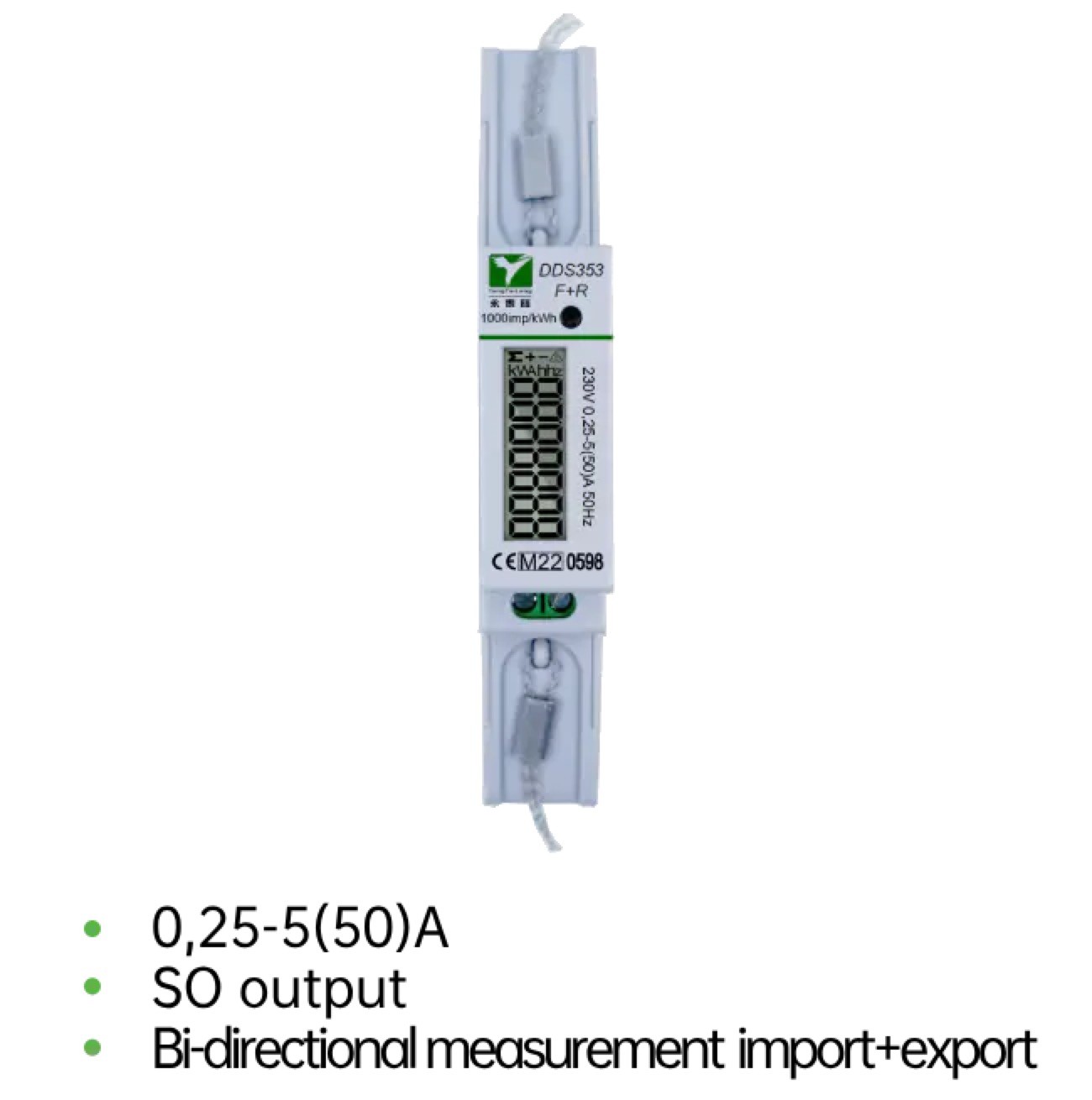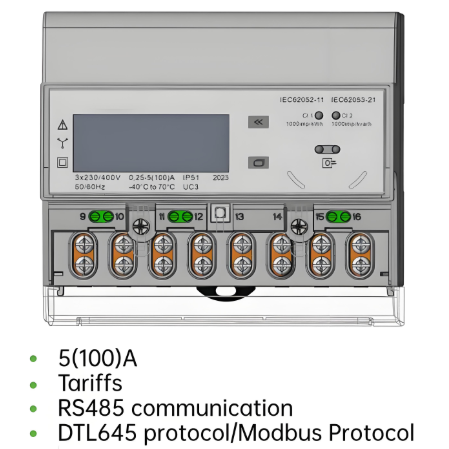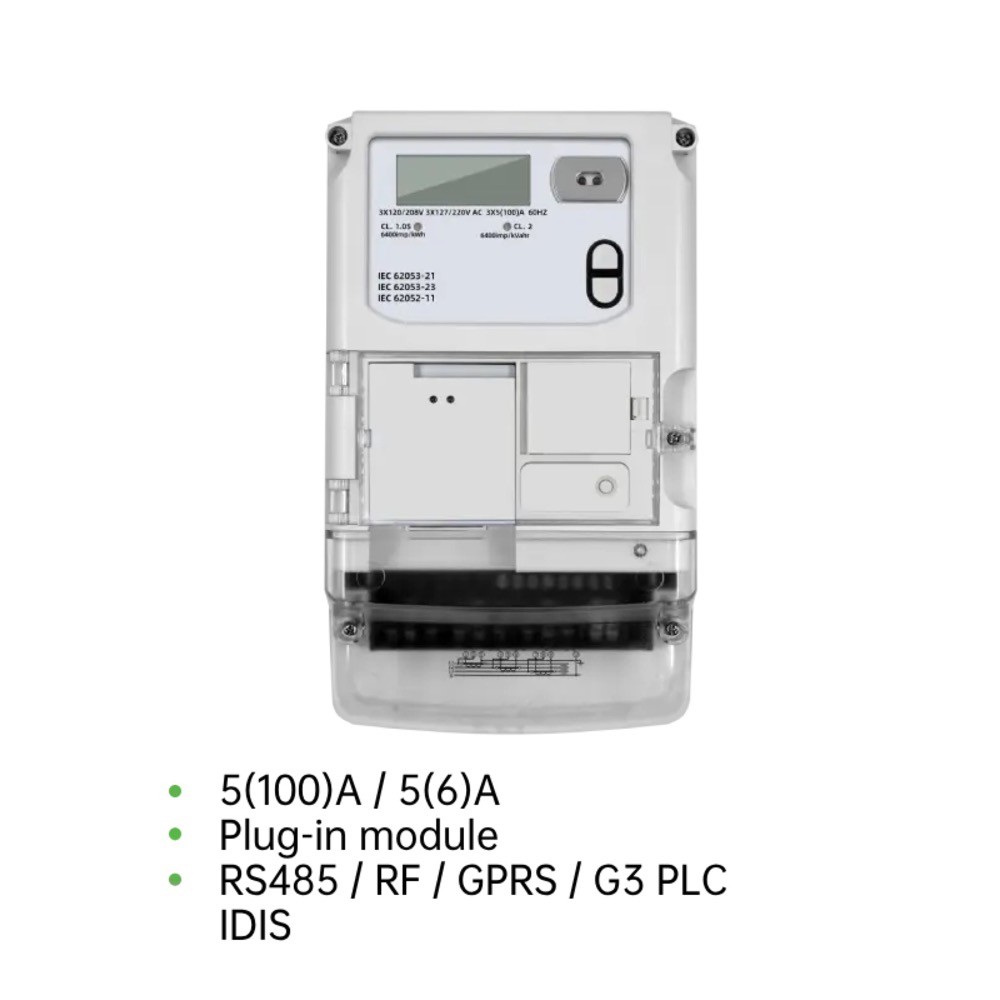What is a Contact Resistance Meter?
A contact resistance meter is a specialized instrument designed to measure the contact resistance between electrical connection points, such as terminals, plugs, sockets, switch contacts, and relay contacts. Contact resistance refers to the resistance formed at the interface where two conductive surfaces meet. While typically much smaller than the resistance of the conductors themselves, excessive contact resistance can lead to poor current flow, overheating, and even equipment failure.
The primary purpose of a contact resistance meter is to accurately measure these tiny resistance values, usually in milliohms (mΩ) or microohms (μΩ). It is widely used in power systems, industrial equipment, and electronic devices to ensure the safety and reliability of electrical connections.
Key Features of a Contact Resistance Meter:
High Precision: Capable of measuring very low resistance values, typically ranging from a few milliohms to several hundred microohms.
Portability: Many contact resistance meters are designed to be portable, making them suitable for on-site use.
Automatic Calibration: Some advanced models feature automatic calibration to ensure accurate measurements.
Multiple Test Modes: They can offer different testing modes, such as the four-wire method (Kelvin method) and two-wire method, to suit various applications.
Data Logging and Analysis: Some meters can store test data and provide software for analysis, helping users track the performance of equipment over time.
Working Principle of a Contact Resistance Meter
The working principle of a contact resistance meter is based on Ohm's Law, which states that resistance can be calculated by dividing the voltage drop across a conductor by the current flowing through it. To achieve more accurate measurements, contact resistance meters often use the four-wire method (Kelvin method), which eliminates the influence of lead resistance.
Four-Wire Method (Kelvin Method):
Apply Current: The meter sends a known constant test current (typically a few amperes) through one pair of current leads to the test object. This ensures sufficient current flows through the contact point to generate a measurable voltage drop.
Measure Voltage Drop: A separate pair of voltage leads measures the voltage drop across the contact point. Since these voltage leads do not carry current, they do not introduce additional resistance errors.
Calculate Resistance: Using Ohm's Law R=V/ I , the meter calculates the contact resistance based on the measured voltage drop and the known current.
Two-Wire Method:
In the two-wire method, the same pair of leads is used for both current and voltage measurement. While simpler, this method does not eliminate lead resistance and is suitable for applications where high precision is not required.
Applications of Contact Resistance Meters in Electrical Testing
Contact resistance meters have a wide range of applications in electrical testing, primarily used to evaluate the quality of electrical connections and ensure the safety and reliability of equipment. Below are some typical applications:
1. Power Systems
Circuit Breaker and Switch Contacts: Over time, circuit breaker and switch contacts may develop oxidation, wear, or contamination, leading to increased contact resistance. Regular testing with a contact resistance meter can detect potential issues early, preventing faults or fires.
Cable Joints: Cable joints are critical connection points in power systems. Excessive contact resistance can cause localized overheating and potentially lead to cable failure. Contact resistance meters help ensure the integrity of these joints.
Busbar Connections: In substations and distribution panels, busbar connections must maintain good conductivity. Contact resistance meters assist technicians in assessing the reliability of these connections, preventing voltage drops or energy losses.
2. Industrial Equipment
Motors and Generators: The winding connections, slip rings, and brushes in motors and generators can experience poor contact, reducing efficiency or causing equipment damage. Regular contact resistance testing helps maintain optimal performance.
Relays and Contactors: Frequent operation can cause wear or arcing on relay and contactor contacts, increasing contact resistance. Testing with a contact resistance meter allows for timely replacement of damaged components, preventing equipment failure.
Welded Joints: In industrial manufacturing, the contact resistance of welded joints is an important quality metric. Contact resistance meters can verify the conductivity of welds, ensuring they meet standards.
3. Electronic Devices
Plugs and Sockets: Poor contact between plugs and sockets in electronic devices can lead to signal transmission issues or unstable power supply. Contact resistance meters help ensure reliable connections.
PCB Solder Joints: The solder joints on printed circuit boards (PCBs) are essential for connecting electronic components. High contact resistance can cause circuit failures. Contact resistance meters can check the conductivity of solder joints, ensuring good soldering quality.
4. Railway and Aviation
Track Connections: In railway systems, track connections must maintain good conductivity to ensure stable signal transmission and power supply. Contact resistance meters help detect potential issues in track connections, preventing signal interference or power interruptions.
Aircraft Electrical Systems: Aircraft electrical systems have numerous connection points, and excessive contact resistance can lead to equipment malfunctions or safety hazards. Regular testing with a contact resistance meter ensures the reliability of the aircraft's electrical system.
Precautions When Using a Contact Resistance Meter
When using a contact resistance meter, operators should follow certain precautions to ensure accurate measurements and safe operation:
Clean Contact Surfaces: Before testing, ensure that the surfaces of the contact points are clean and free from oxidation or contaminants. Dirty surfaces can lead to inaccurate measurements.
Select Appropriate Test Current: Different contact resistance meters support various test current ranges. Choose an appropriate test current to ensure accurate results. For high-current applications, use higher test currents; for sensitive equipment, use lower test currents.
Use the Four-Wire Method: For high-precision measurements, use the four-wire method (Kelvin method) to eliminate the influence of lead resistance. The two-wire method is suitable for applications where high precision is not required.
Avoid External Interference: During testing, minimize external electromagnetic interference to ensure a stable measurement environment.
Regular Calibration: To maintain accuracy, especially in high-precision applications, contact resistance meters should be calibrated regularly.
Wear Personal Protective Equipment (PPE): When using a contact resistance meter in high-voltage environments, operators should wear insulated gloves, insulated shoes, and other protective gear to ensure personal safety.
Summary
A contact resistance meter is a precision instrument used to measure the contact resistance between electrical connection points. It plays a crucial role in evaluating the quality of electrical connections and ensuring the safety and reliability of equipment across various industries, including power systems, industrial equipment, and electronic devices. By following proper operating procedures, technicians can obtain accurate measurements and perform effective maintenance to prevent potential issues.

























